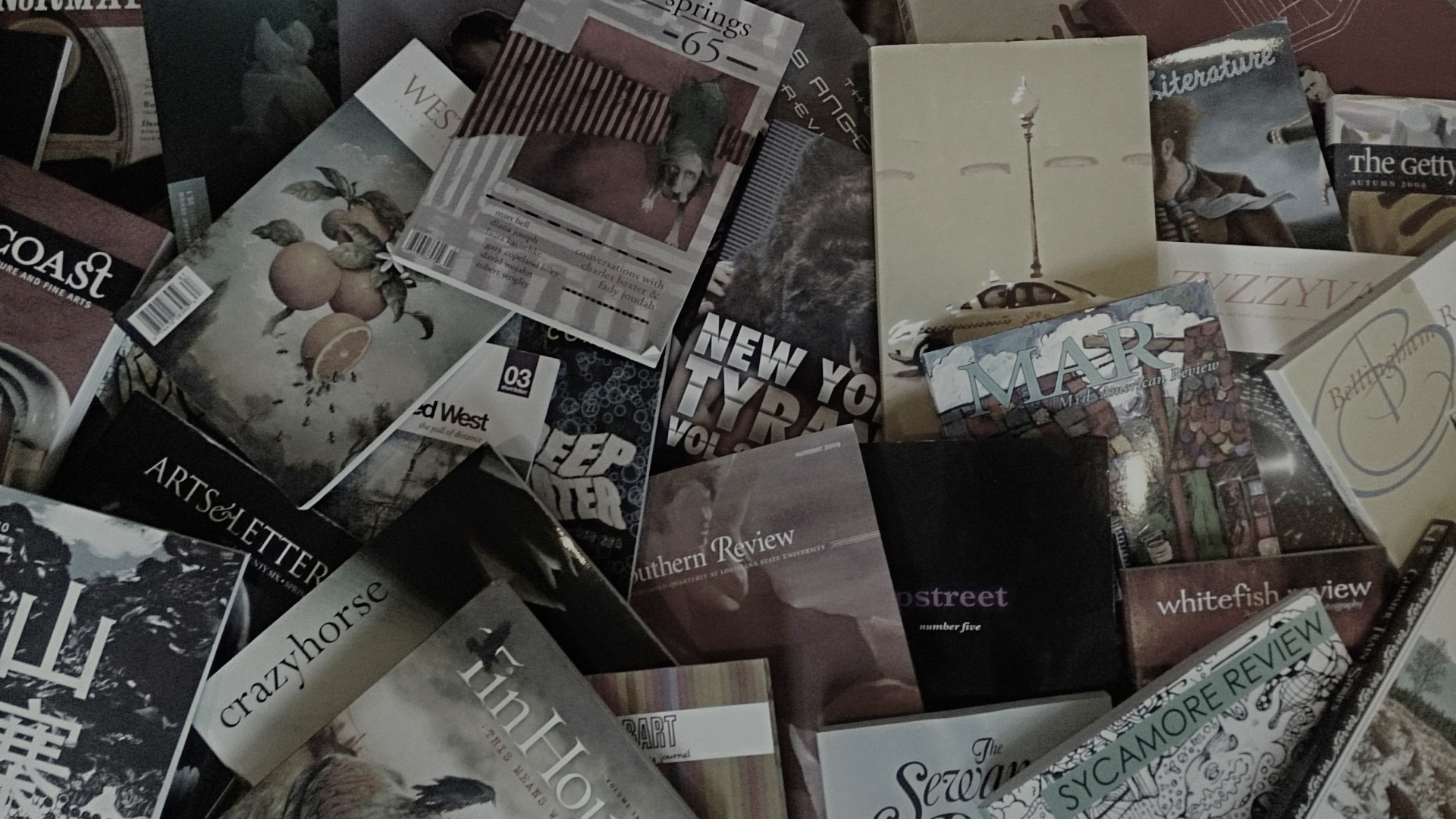The Best Short Story I Read in a Lit Mag This Week: “Souvenir Button” by Rosalyn Drexler
Proust famously stated, “The true paradises are the paradises that we have lost.” In “Souvenir Button,” Rosalyn Drexler (A Public Space) explores paradises rendered, imagined, inhabited, and lost.
Drexler opens the story with the unnamed narrator receiving a souvenir button made for her by an artist hanging out at the playwright Tom O’Horgan’s famous Greenwich Village loft. On the button is fastened a figurine of “a pretty woman”—meant to be the narrator—in a bathing suit eating an ice cream cone beneath a palm tree on a desert island.
The gift was made in good spirit, but the narrator begins to imagine the more difficult realities of life on a desert island for her miniature.
“She’d have to build a transmitter from hairy palm fronds and crumbling sugar cone (use whatever was at hand) in order to let some would-be rescuer know where she is. For she did want to be rescued. The only thing standing between her and freedom was that dab of crazy glue.”
Drexler’s move to have the narrator invent the plight of a character from the button opens up a commentary on ideas of paradise and artistic morality. What the artist meant to be paradise the narrator sees as a cruel trap. Drexler goes further, revealing that the year before, when the narrator vacationed in Boca Raton, the palm trees were inundated with rats.
“Even as miniature sculptures, rats can cause trouble. It’s a psychological thing. One imagines them rooting about in one’s entrails, covered in blood, gnawing their way through the very pulse of life—ravenous creatures! Rats and artists do take their toll.”
The macabre description of the rats and the comparison to that of an artist casts a shadow on the work of inventing imaginary worlds for characters. Storytellers of all kinds are reminded constantly of the need to get their characters into trouble. To the narrator, that’s akin to violence.
But notice also how the invented story of the miniature and the life experience of the narrator begin to synthesize. Where the narrator initially seems to blame the button-maker for putting her miniature in such a dire situation, Drexler makes more and more clear that it’s the recipient supplying the dark narrative.
The narrator, now in possession of the button, begins to insert herself into the miniature’s story in new ways.
“As things go, her appeal wore off; no longer a novelty, she put herself away. Never in the course of history has a work of art disposed of itself. A strange suicide indeed. She had principles though, she had never allowed herself to become a collector’s item—‘I refuse to sell myself cheap’—she whispered to a frayed piece of ribbon that lay unraveled beneath her.”
We’re no longer talking about the miniature here; we’re talking about the fleeting nature of beauty, and perhaps fame—and the narrator’s experience. It’s not difficult to imagine her attending a wild party at O’Horgan’s with the who’s who of the New York artistic community, fully aware of how her own star is fading. Standing beneath a palm on a desert island with an ice cream cone might seem idyllic at a glance, but it doesn’t take long for the experience to turn sour.
Drexler ends with her narrator’s reminiscence on not just the desert island experience, but in having to relive it through art.
“If the artist she had met at Tom O’Horgan’s loft had offered to do another button for her—one that showed her young, intact, enjoying herself—in Paris perhaps—sitting at a café, under a bright green umbrella advertising Perrier—she’d have to refuse. It would be too much to go through again: the discovery, and not long after, the loss of paradise.”
The trouble with paradise is that it’s paradise, and it’s temporary. Were it not so good, and so short-lived, perhaps the loss wouldn’t be so painful.




